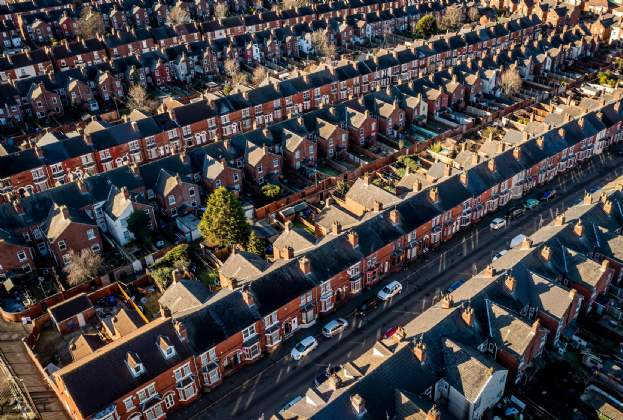Offering first-time buyers in England the chance of home ownership with discounts of 30-50 per cent of market value, the Government’s First Homes programme is a successor to Help to Buy – but the scale and impact will be very different.
Who can afford a First Home?
First Homes has an earnings eligibility cap of £90,000 in London and £80,000 elsewhere. Assuming a first-time buyer needs a 15 per cent deposit and can obtain a mortgage four times their annual household income, on average an income of £34,125 would be needed to buy a 700 sq ft flat (equivalent to a two-bed) using First Homes. This is within the means of 53 per cent of households, compared with just 36 per cent of households which could afford the same property on the open market.
The initial pilot scheme will be in Bolsover, where a 700 sq ft property with a 30 per cent discount is affordable for 59 per cent of households. But in an area where affordability is already stretched, the scheme will benefit fewer people. In St Albans, for example, we calculate that only 22 per cent of local households could afford to buy a 700 sq ft property with a 30 per cent discount, and in London, that falls to just 12 per cent of households.
As the table below shows, there are significant regional variations:
Value caps limit the potential for family housing
First Homes value caps are set at £420,000 in London and £250,000 for the rest of England.
But based on current new-build prices, in the case of the two-bed flat, a 30 per cent discount would be enough to bring it within the price cap in 298 of the 316 local authorities. Of the remaining 18 local authority areas, a 40 per cent discount would be needed in 14 areas including Elmbridge, Windsor & Maidenhead, Islington, Hackney and Cambridge. Meanwhile in Kensington & Chelsea, the City of Westminster and the City of London, even a 50 per cent discount would potentially be insufficient.
For a 900 sq ft three-bed house, the number of locations theoretically needing a discount of more than 30 per cent rises from 18 to 58, including Wokingham, Wycombe and Winchester. In eight of these, a 50 per cent discount would be insufficient.
The primary consequence is that developers in these locations may only build smaller First Home properties that will fall within the value cap, rather than delivering a range of sizes, including larger properties suitable for family housing.
How far will this enable people to get on the housing ladder?
First Homes is seen as the replacement for Help to Buy, but will have a very different impact. It should open up home ownership to more less affluent households than Help to Buy, particularly in the Midlands and the North. But in parts of the South, the ability to deliver family housing that is affordable to middle and lower incomes households will be limited.
The Government has stated that 25 per cent of all affordable housing delivered through developer contributions should be First Homes. Based on 2019/20 delivery, this would equate to 7,500 First Homes per year, significantly lower than the 49,714 homes that were bought using Help to Buy in 2020.
Buyers also need to be aware of the restrictions that apply in perpetuity. When they come to resell the home, the discount will be passed on to the purchaser, and the purchaser must meet the local authority defined eligibility criteria.
But despite these restrictions, the scheme does offer another route to home ownership and enables people who would likely otherwise be renting to have increased security of tenure and be settled in a location for the long term.

.jpg)
.jpg)
.jpg)
.jpg)

.jpg)
.jpg)
.jpg)
.jpg)
.jpg)